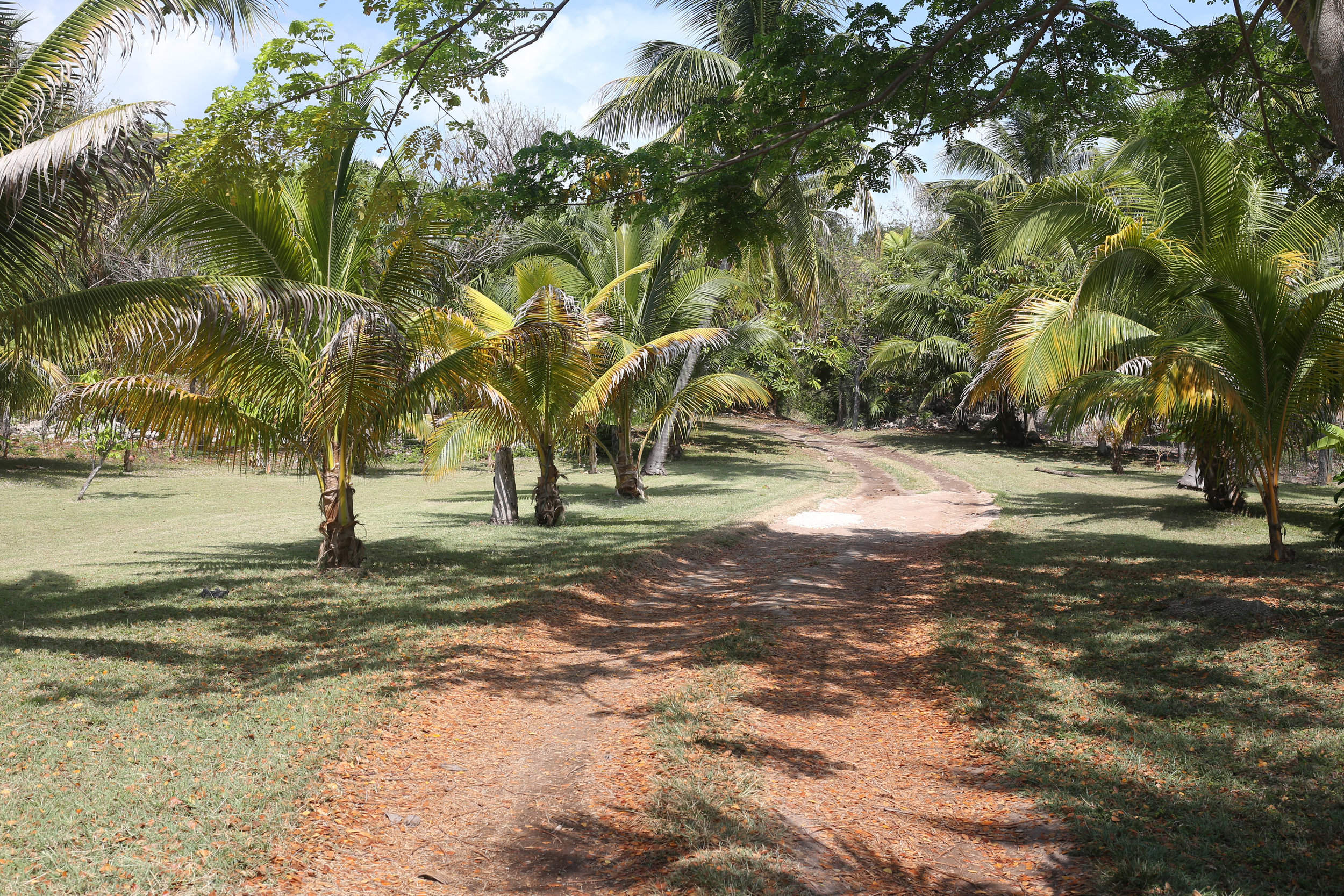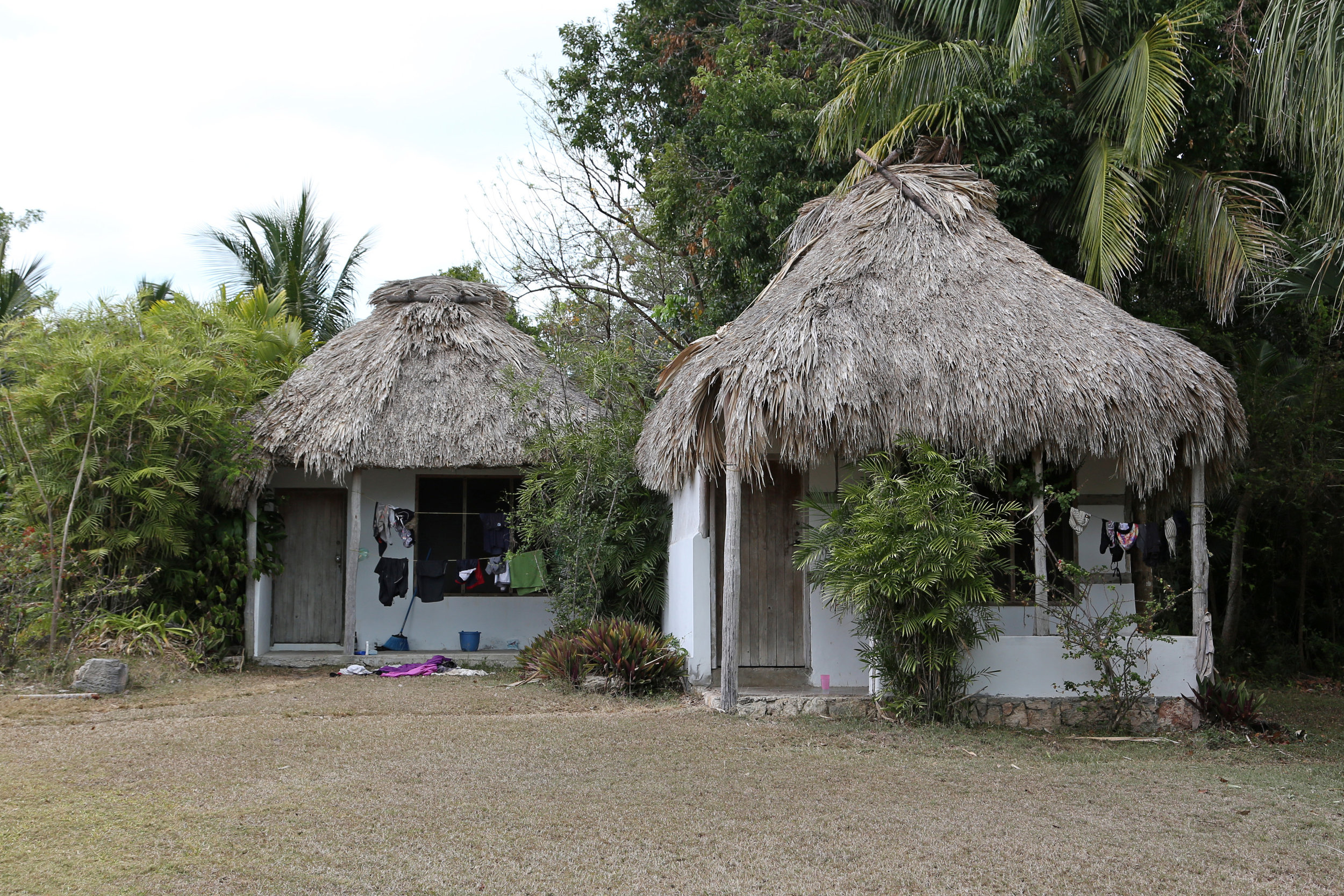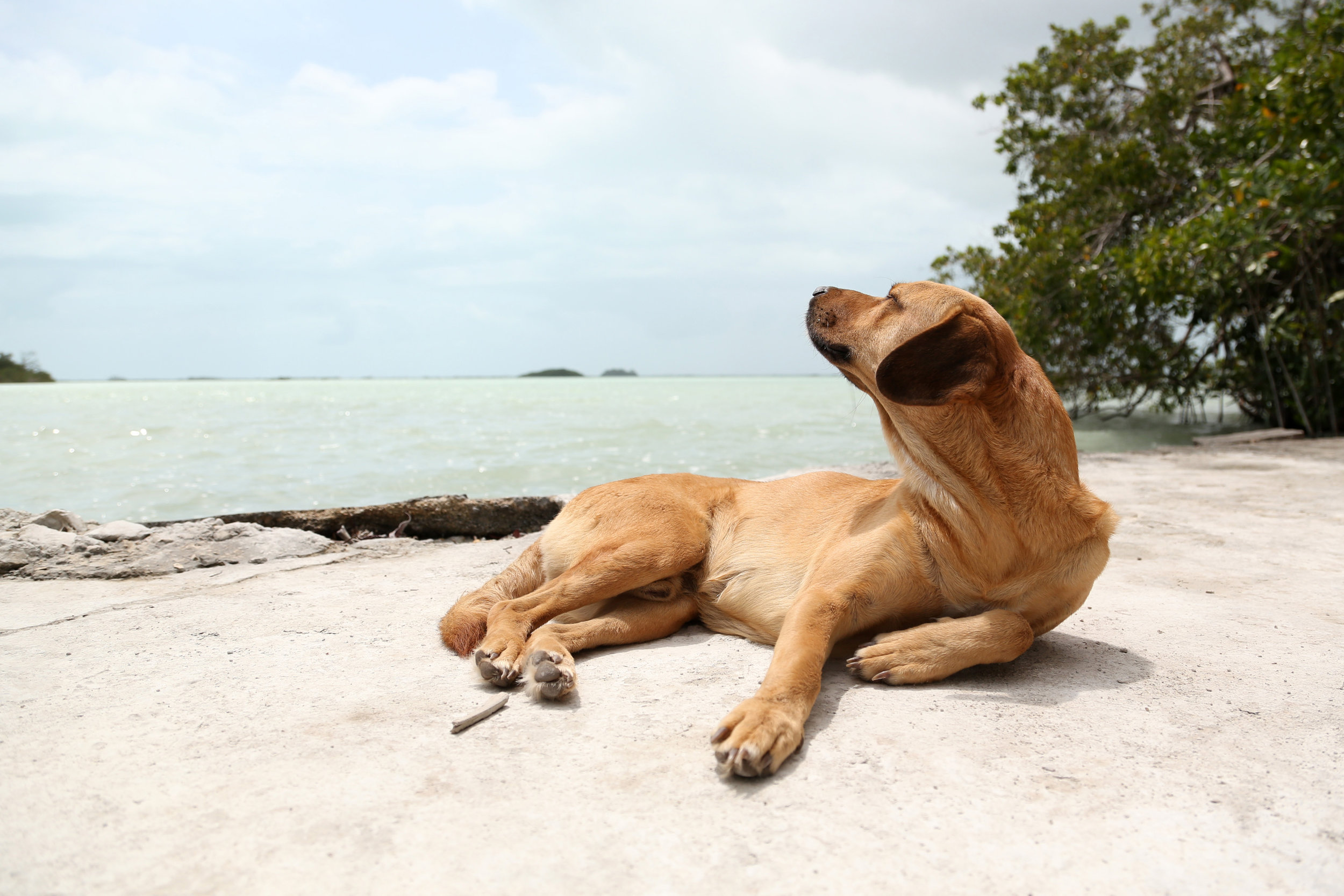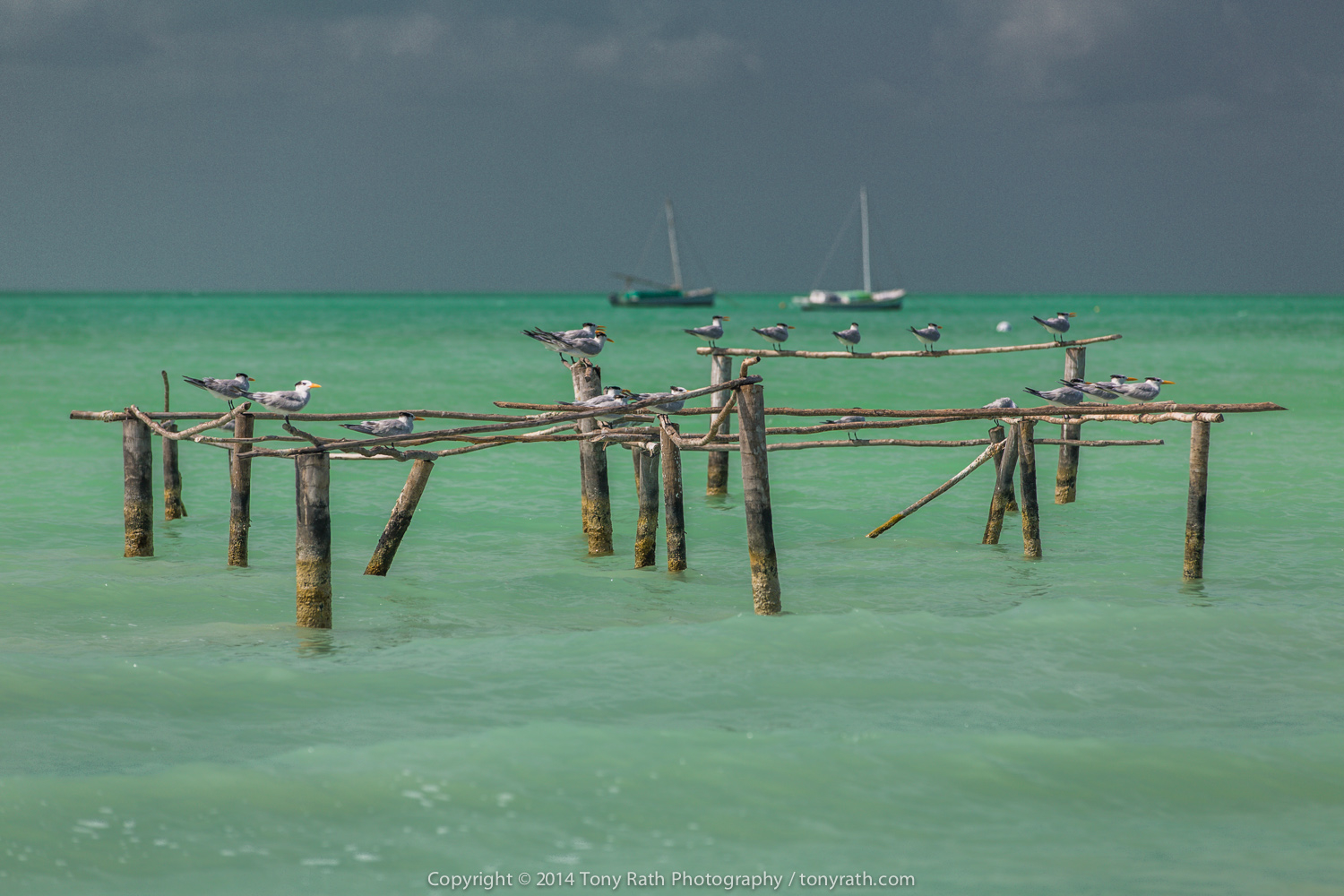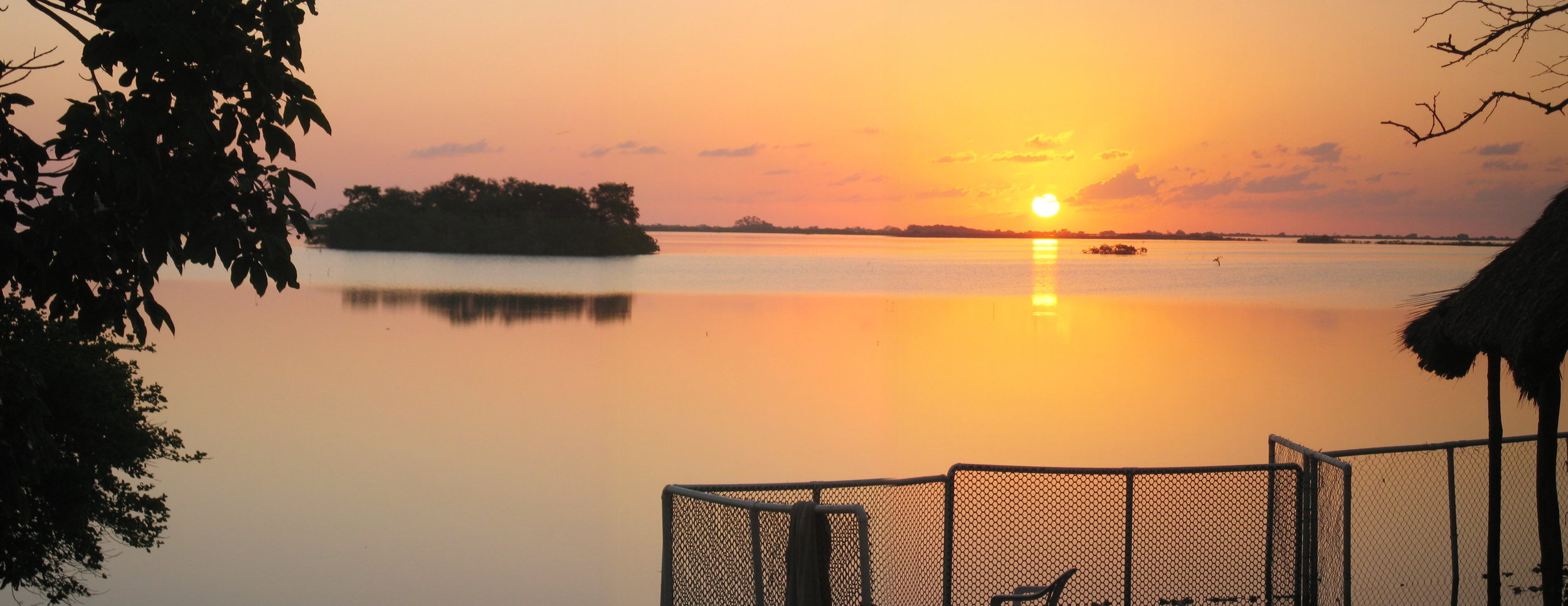Landscapes & Seascapes
Wildtracks recognizes that conservation cannot be effective without taking into account the larger landscape or seascape in which protected areas exist, and the socio-economic context in which they operate. Protected areas can also be more effective if they collaborate within their local landscape or seascape.
North East Biological Corridor
Forests in north Belize are critical for water security – for maintenance of the water cycle and replenishment of the limestone aquifer. The unique dry forest species of the north are important for building resilience to predicted climate change impacts, particularly reduced rainfall. However, the high rate of deforestation in north Belize is highlighted as of concern. The North East Biological Corridor provides forest connectivity to ensure tree species from the Yucatan dry forests can migrate southward and strengthen resilience of the more southerly forests, helping them retain their structure and function as wetter-forest loving species are pushed southward, as predicted rainfall patterns change and annual rainfall decreases. The North East Corridor encompasses a significant portion of the last remaining mainland forest in northern Belize and also hosts the reintroduction program for the endangered Yucatan black howler monkey.
Northern Belize Coastal Complex
The Northern Belize Coastal Complex (NBCC) is a river-to-reef seascape of connected protected areas in northern Belize. Water flows from the Rio Hondo, New River and coastal lagoons of the mainland into the Corozal Bay Wildlife Sanctuary, and on to the reefs of Bacalar Chico, Hol Chan and Caye Caulker Marine Reserves. The area is important for its reef formations, seagrass beds and extensive inundated mangroves. It is critical in the maintenance of Belize’s threatened marine species - including Goliath grouper, marine turtles, Antillean manatee and sharks (the sheltered area behind Ambergris Caye has been a traditional nursery area for bull sharks, scalloped hammerheads and a number of ray species).

